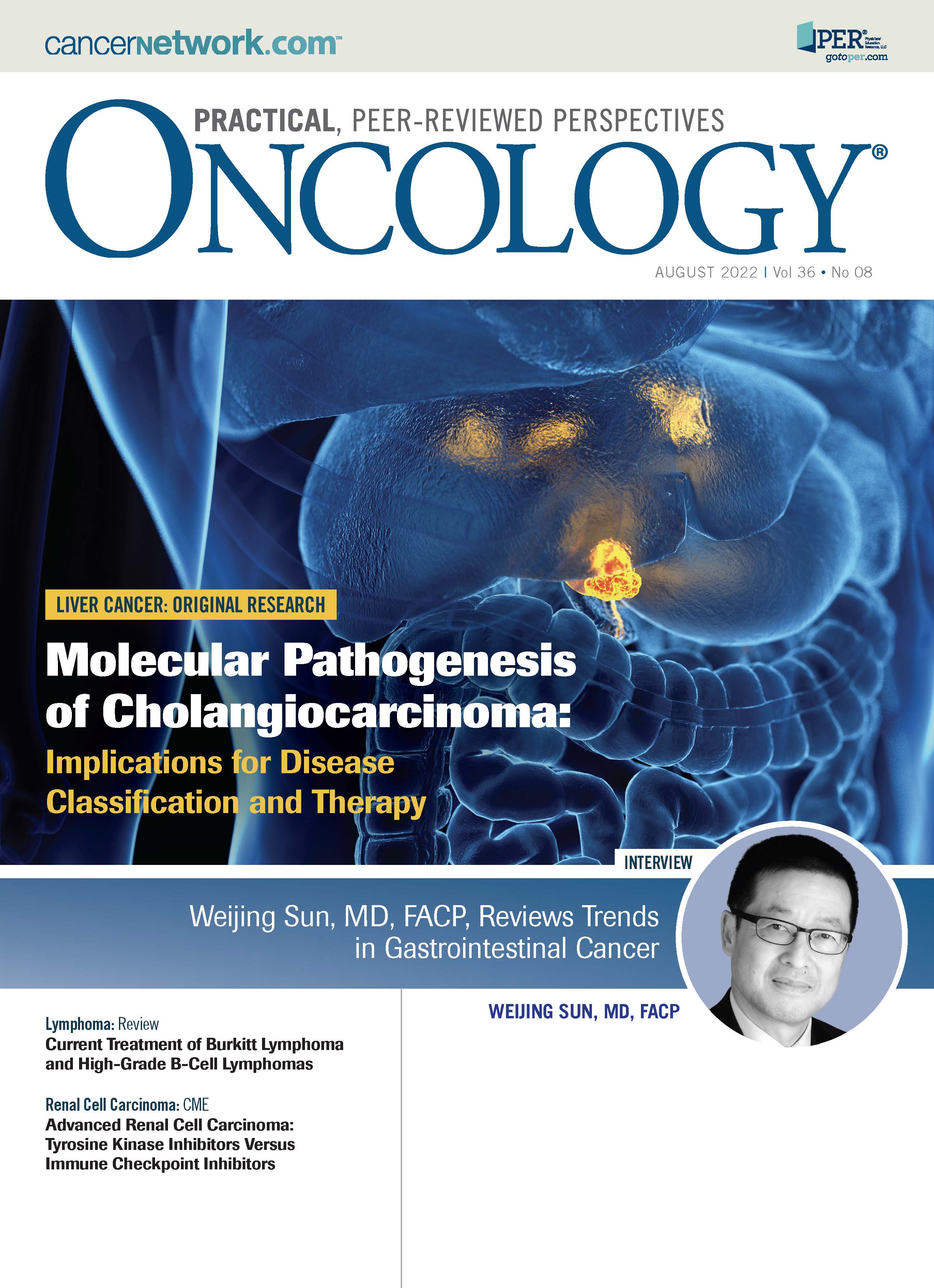The High Cost of Oral Anticancer Drugs: What Does the Future Hold?
ONCOLOGY Co-Editor-in-Chief Julie M. Vose, MD, MBA, explores high drug costs and financial toxicity.
An increasing number of exciting new oral medications are being discovered for the treatment of various types of malignancies, including breast cancer, lung cancer, chronic lymphocytic leukemia, and multiple myeloma, among many others. Such drugs often have benefits for patients, such as improved activity, limited toxicities, and easier administration, which allows for decreased time in the infusion center. For patients with a traditional insurance prescription drug benefit plan, the annual limits and out-of-pocket caps would normally apply.
However, patients with a traditional Medicare Part D pharmacy benefit plan could face very high and unlimited out-of-pocket costs for these very
effective and convenient oral medications. For example, a common maintenance dose of lenalidomide (Revlimid) is 10 mg daily for 21 of 28 days. The price per monthly prescription filled would be $17,262, according to the 2020 Centers for Medicare & Medicaid Services Dashboard. Beneficiaries often reach catastrophic coverage with the first refill, and subsequent refills typically are capped at 5% coinsurance. Even with these safeguards, the yearly out-of-pocket expenses in this example of lenalidomide would be $12,652. This needs to be put into context of the median annual income for patients in the 65-to-69 age group of $53,951 per year and $34,951 per year for those older than 75. In this example, 24% of the patient’s income in the 65-to-69 age group and 36% in those older than 75 would have to pay for this anticancer medication.
In addition to the stress of the cancer diagnosis, discussion of this financial burden for the patient and family is an additional factor, which often increases a stressful situation, known as financial toxicity. Manufacturers are legally able to provide co-pay assistance to patients with commercial insurance. However, manufactures are not able to legally provide assistance with cost sharing for patients who have government-sponsored insurance such as Medicare Part D. Therefore, the only mechanism for patients on Medicare Part D to get assistance for co-pays are through grants from various nonprofit foundations or through manufacturer-sponsored patient assistance programs (free drug programs). These programs provide the drug, free of charge from the manufacturer, and bypass Medicare Part D altogether. Patients typically must meet a very low-income level to qualify for the free drug program.
Several foundations, such as the CancerCare Co-Payment Assistance Foundation, and disease-specific programs, such as the Leukemia and Lymphoma Society Co-Pay Assistance Program, assist many patients each year with this process. These grants are supported indirectly by the drug manufacturers and private donations and are capped at varying levels by agent or disease type. They often run out quickly each year and leave many patients with a tough decision to either pay for their oral anticancer medication or other everyday expenses.
With these very real issues surrounding financial toxicity for our patients with cancer, it is not uncommon that hematology/oncology physicians must choose medications that are administered intravenously or subcutaneously so the patients are not faced with such high out-of-pocket medical bills for oral medications. However, this choice is not always the best option for treatment of the patient’s cancer, which creates a dilemma for the physician as well as the patient and family.
As prices of oral anticancer therapeutics continue to increase, where will this vicious cycle end? Manufacturers must recoup their investments made in the new medications and plan for the next breakthrough. However, the current process is unable to support as many co-pay assistance programs each year as are needed for the number of patients prescribed the oral anticancer agents. Hopefully a reset of this vicious cycle with lower price points for these oral anticancer medications can be a goal for the near future. The recent approval of H.R.5376 by the Congress will push toward this goal.
Reference
Dusetzina SB. Your money or your life - the high cost of cancer drugs under Medicare Part D. N Engl J Med. 2022;386(23):2164-2167. doi:10.1056/NEJMp2202726
